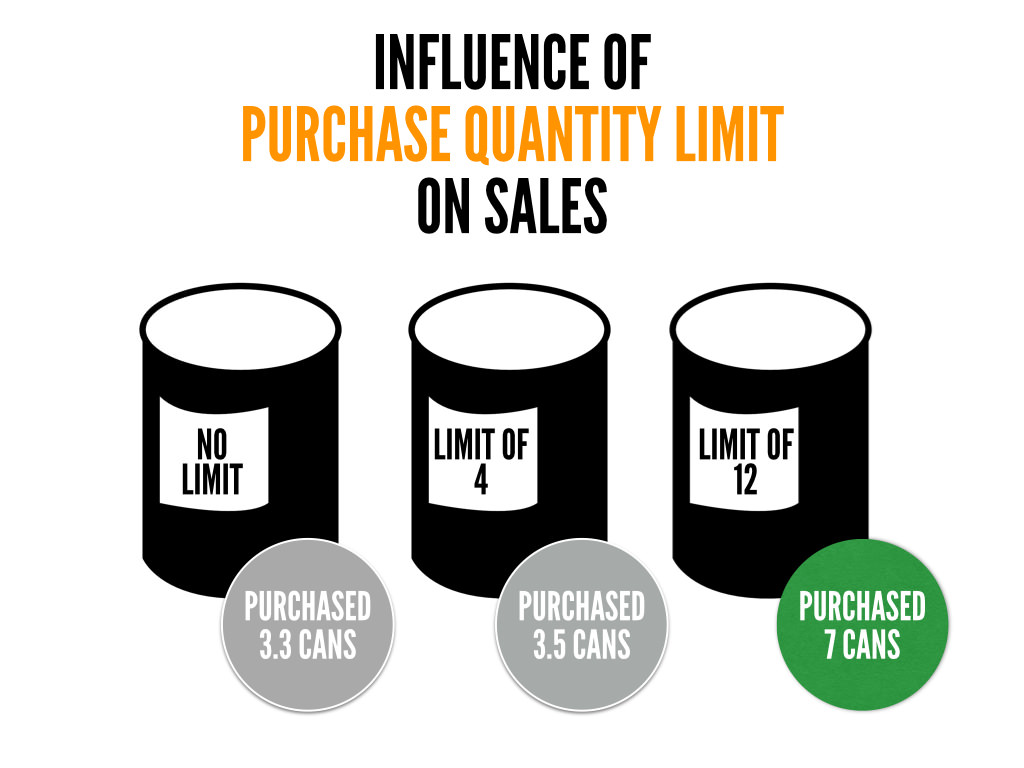
Limit of 4 or Limit of 8? How anchoring affects the things we buy.
Consider the following scenario: You go to the store to buy soup. You notice that cans of soup are marked…

Consider the following scenario: You go to the store to buy soup. You notice that cans of soup are marked…

When discussing marketing and my interest in consumer behavior, I am often asked “What is consumer behavior?”. I typically respond…
A recent NCAA report stated that only 14 of the 120 athletic programs in the Football Bowl Subdivision made money.…
I recently came across a study on the NBA and effects on playing time. The study conducted by Berkeley professors…
A while back Adam Foster of Project Prospect sent out a tweet wondering how height impacts success and longevity as…
My last two posts have been about the average height and average weight of MLB players. While I will be…
Following up on my post from yesterday regarding average height of baseball players, I wanted to look at the average…
I was at a spring training game a few days ago and had an interesting conversation with my dad regarding…
I recently had a conversation with a sports executive (whose name is easily recognizable), and was surprised to learn he…
In my last post, I talked about the effect of simplicity on sales conversions. There are many simple changes, such…
Based on hours of research I’ve done from books (Yes!, Made To Stick, etc) to videos (Kevin Rose, etc) to…